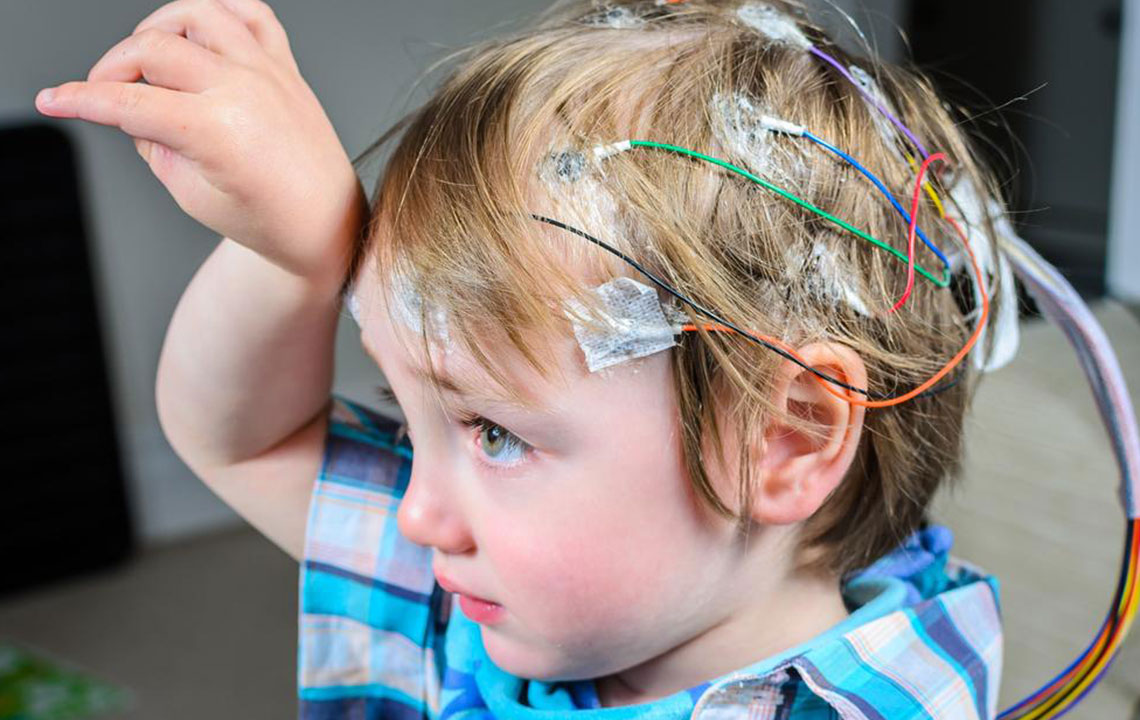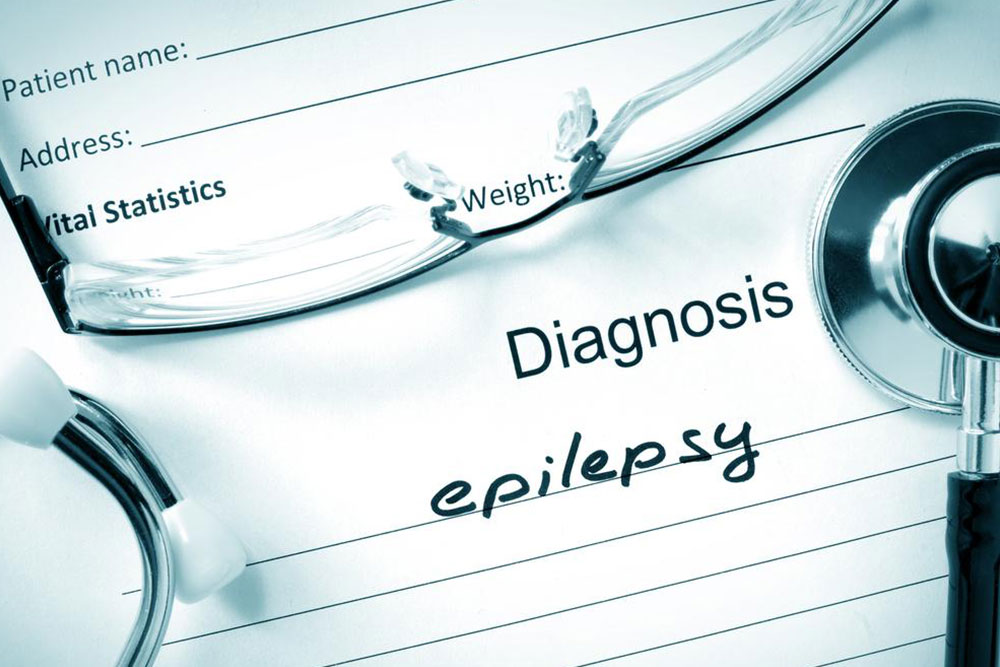Understanding Seizures: Symptoms, Causes, and Treatment Options
This article explores the symptoms, causes, and treatment strategies for seizures, emphasizing early detection, diagnosis, medication, and lifestyle changes. It provides insights into managing these episodes effectively to enhance patient safety and quality of life.

Understanding Seizures: Symptoms, Causes, and Treatment Options
Seizures are sudden disruptions in brain activity characterized by abnormal electrical impulses. Typically linked with epilepsy, seizures can also result from head injuries, low blood sugar, oxygen deprivation, or substance abuse. These episodes may go unnoticed or impact individuals differently, ranging from uncontrolled movements to brief lapses in consciousness. Medical tests like EEG and MRI help identify underlying issues. Recognizing early signs such as severe headaches, unusual sensations, vision problems, blackouts, or muscle spasms is crucial for prompt management.
Seizures occur in three phases: the initial warning called aura, the active seizure phase, and the recovery period afterward. Symptoms vary widely; common indicators include persistent headaches, feelings of déjà vu or Jamais vu, blurred vision, temporary loss of awareness, uncontrollable body movements, and muscle rigidity. Although no universal cure exists, effective management involves accurate diagnosis through imaging and EEG tests, medication, lifestyle adjustments, psychological support, and, in some cases, surgery. Preventative strategies and lifestyle changes are essential to minimize risks and improve quality of life for seizure sufferers.
Diagnosis - Accurate identification of the cause through scans and monitoring is vital to ensure proper treatment and avoid incorrect medication.
Psychological Support - Counseling helps patients cope with their condition and encourages adherence to treatment plans.
Safety Precautions - Moving individuals to safe surroundings during seizures prevents injuries. Avoiding forcing movements or actions is critical.
Medication - Anti-convulsant drugs like lorazepam and barbiturates help control seizure intensity and frequency.
Dietary Measures - For children under 12, a ketogenic diet high in fats can be beneficial, though challenging to maintain long-term.
Surgical Options - Procedures like vagal nerve stimulation or lobectomy can be effective for resistant cases above age 12.
Rehabilitation and Lifestyle Changes - Educating patients about avoiding triggers, managing stress, and ensuring safe routines reduces seizure risks and fosters confidence.
Timely intervention and lifestyle modifications are essential for managing seizures effectively. Maintaining a balanced routine, avoiding stress, and following medical advice can significantly improve outcomes and safety for individuals with seizure disorders.










